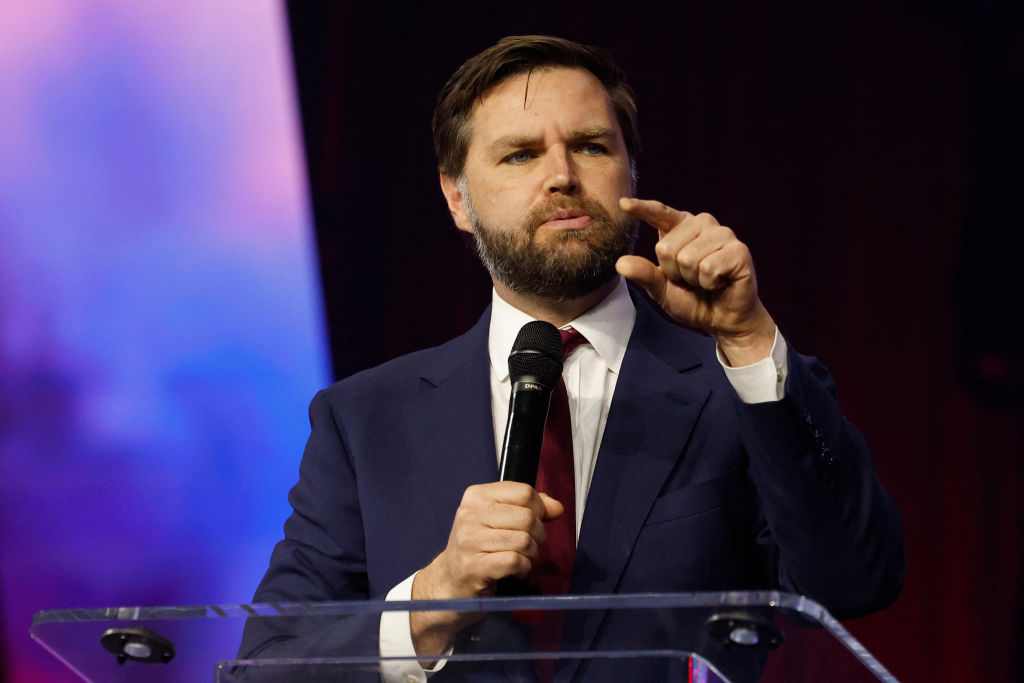The legal limit for abortion in Pennsylvania is 23 weeks and six days. Theoretically, a termination one minute beyond that could become the basis of a homicide rap. Yet, there is no visible or measurable difference between a foetus of 23 weeks and one of 24 weeks. The self-evident arbitrariness of such a law announces itself as quite devoid of reason and morality, and thus offers a provocation to the consciences of those whose reasoning mechanisms derive their logic from a perhaps unfocussed belief that man might become his own God.
Such a man was Kermit Gosnell, the Philadelphian abortionist who in 2013 was put away for the rest of his natural for the unnatural crimes that to him seemed to represent naturalistically good deeds. The soon-to-be-released movie Gosnell: The Trial of America’s Biggest Serial Killer is a taut encapsulation of the horror that ensued from Gosnell’s assumption of crypto-divinity. Most true stories do not become dramatic ones without some kind of creative manipulation, but this is one of those rare quasi-Biblical tales that occasionally emerge fully formed from the acts of men, as though by some divine orchestration of character and plot.
Abortion is thoroughly of the modern world in that it is a purely ideological invention. Even the word for it is makey-up: there is no objective reason why it ought not be called infanticide and seen, as in ancient Carthage, for what it was. Its latter-day transference to the medical context creates ambiguities on which a global industry has been constructed, now accounting for some 56 million deaths per year. This objectively astonishing situation has been enabled by the cultural shifting of the line dividing evil from good, and the avoidance of the image of the act itself, which thus remain unique in Western culture as a kind of subterranean ‘cleansing’ of the innocents.
Kermit Gosnell — named for the youngest son of Teddy Roosevelt, of whom his grandfather was an admirer — was a creature of the netherword that has evolved on and around this thin moral borderline. Gosnell, you might say, was a man in whom the pathology of the collective lies about abortion became so concentrated that it became inevitable that even a deeply reluctant state would one day be forced to collar him.
He snipped the spines of babies using a scissors applied to the neck. He stored the severed feet of babies in a jar as trophies of his conquests. He played duck and drakes with ultrasound scanners to manipulate the recorded gestation times. He reused single-use equipment and kept live turtles in his clinic — as well as cats to keep vermin under control. Cat faeces littered everywhere, including his operating theater.
Gosnell employed as assistant abortionists uneducated, illiterate women who did his bidding without question. Over the course of 30 years of unchallenged operation at his hours of horrors, the Philadelphia Women’s Medical Society at 3801 Lancaster Avenue, Philadelphia, he and his band of helpers snuffed out the lives of countless children and caused the deaths of several women. He knew the state law said 24 weeks, but recorded numerous abortions in which he put the gestation period down as 24.5 weeks; when asked, he explained that he was ‘rounding down’. Money — greed — is believed to have been Gosnell’s sole or prime motivation in committing his now notorious crimes.
Most abortionists walk around as respectable members of society. Gosnell is now in jail not because the cries of his victims were heard by the Pennsylvania authorities crying out to heaven for vengeance, but thanks to a drug bust on the trail of a fake prescription racket. The cops — all pro-choicers, including some Catholics — just couldn’t believe what they found. For years, despite numerous complaints, the authorities had turned blind eyes to Gosnell. This approach was to survive through much of the process that followed, with both the District Attorney and the judge chairing the grand jury insisting that nothing in the case should seek to question ‘abortion rights’.
That mentality extended also to the media, who for nearly a month declined to cover the Gosnell trial until shamed into it by a blogger who illicitly tweeted photos of the courtroom’s empty press benches. Even then, the coverage was studded with equivocation, euphemism and prevarication. And the equivocation goes on. National Public Radio last month refused to broadcast an ad for the movie using terms like ‘abortionist’ or ‘abortion doctor’, even though NPR’s own reporting of the case had described Gosnell in precisely those terms.
The Wall Street Journal columnist James Taranto described non-coverage of the trial as ‘the banality of bias’:
‘Laziness, prejudice and pride are ordinary human failings. As we’ve seen from the press’s coverage of the Gosnell story, they can lead those whose calling it is to bear witness to avert their eyes from radical evil.’

























